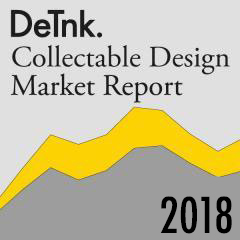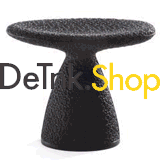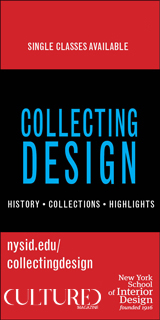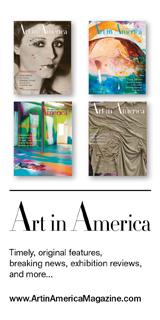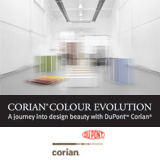A Changing Role for Design
by David Carlson
Our world and our society are changing rapidly, which also means a changing role for design and the designer. Design has for a long time manifested and consolidated an outdated consumer culture, almost like a monoculture. With the undermining of the global and the rise of niche local subcultures, design has a possibility to adopt a more central role as the ‘creative nutrient’, thus performing a more vital role by promoting a new ethical, responsible and sustainable cultural position by restoring diversity, meaning and value.
So, how can we make this happen? I will give you some brief ideas, in six different bullet points:
A new consumption offer
We are increasingly suffering from consumption fatigue, but brands and designers have yet to acknowledge the fact. As consumers we have begun to feel doubtful of the consumption circus. Our consumption is slowly but surely destroying us – psychologically, spiritually, maybe even morally – and, more literally, the world we live in. The Fulfillment Curve, presented by Vicky Robin, shows how shopping only makes us happy to a certain degree – then the kick quickly wears off..
True, only the future will tell if the climate of anti-consumerism is genuine or if we are only on a pause between mad bouts of bag-filling. Companies that want to come on the journey are going to have to do what many are not so good at. They are going to have to listen to what the consumer wants, rather than tell them.
A holistic mindset (above all concerning sustainability)
Quite often sustainability is only refered to as an environmental issue. But we have to adapt a more holistic mindset and extend sustainability beyond the mere material. It’s necessary to look further and include values such as authenticity, aesthetics, affectivity, multi-quality and compatibility. Without a holistic approach when designing for sustainability we risk sustaining the un-sustainable. An ugly product with no meaning and value will probably be thrown away quite fast even if the material is very eco-friendly.
A humanistic perspective
In the end, a product is worth nothing if it’s not put in a human context. When designing, we have to remember always to look through the lens of humanity.
Designers are here to serve humans – instead they insist to work with users in mind. See the difference? One route to success will be an ability to merge commerce with culture – to provide products with the same deeper meanings we find in experiences the likes of theatre, dance, food, museums, film, literature and sports, each of which offers an emotionality that multi-nationals desperately need.
Good Kharma (or call it common sense…)
Act responsible and offer real transparency. It’s like with friends, you would only like to hang out with the ones that are honest and treat you well. Many companies’ CSR work has focused on minimising their negative impact on the wider environment. Now it is time to look upon it from another, more proactive angle – to work on maximising positive impact. To follow a consumer desire for brands to not merely be purveyors of goods, but agents for good.
And it is not bad for business, a recent Swedish report shows that 85% of the consumers are willing to pay more for a product from a company that are active in their CSR work.
Hybrid thinking
It’s time to go beyond regular design thinking when it comes to innovation and transformation. The world is very multifaceted today and problems are simply to complex to tackle with just single school of thought. We need something more open-minded. Hybrid thinking is the conscious blending of different fields of thought to discover and develop opportunities that were previously unseen. Da Vinci and the rest of the crew in Florence during the renaissance knew what it was all about…
I would say Hybrid thinking is the mother of real differentiation.
Imagination
The following short movie shows the Hermès shop in Tokyo with a special window installation by japanese designer Tokujin Yoshioka. The iconic Hermès scarf is in the centre of it all.
-future consumers will not buy ’objects’ but memorable experiences
-future consumers want to be immersed and taken on a haptic journey of the senses
-future consumers want poetic storytelling
If you rethink design and create better and more culturally-connected design that makes the lives better for the many – you create at the same time better business. It’s a win-win situation!
The final words in my opening remarks is from Mahatma Gandhi. Let’s have them in mind during the next three days:
Be the change you would like to see in the world.










